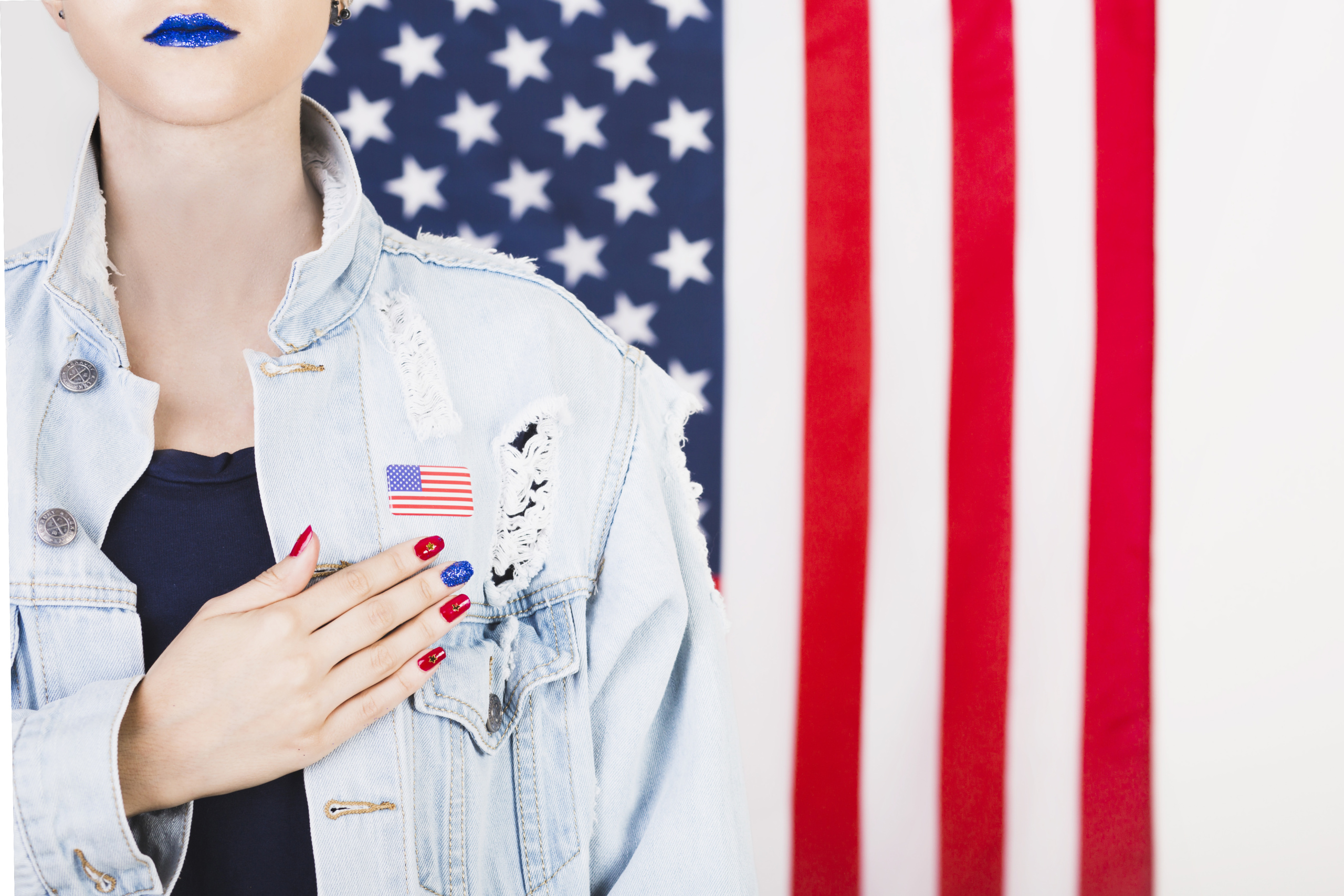The Pink American Flag: Symbolism, Culture, and Modern Interpretations
Introduction
The American flag has long stood as a powerful symbol of freedom, unity, and national identity. Its red, white, and blue colors are recognized worldwide, representing the sacrifices and values of the United States. But in recent years, a new variant has appeared on everything from T-shirts to social media backdrops: the Pink American Flag.
What does it mean? Is it simply a fashion choice, or does it carry deeper political or cultural symbolism? Like many adaptations of the flag, the pink American flag sparks both admiration and controversy. In this article, we’ll explore the meanings, uses, history, and interpretations of the pink flag and why it continues to gain attention across communities.
1. A Brief History of the American Flag
Before examining the pink variation, it’s important to understand the original design.
- 1777: The Continental Congress passed the Flag Act, establishing 13 stripes and stars for the colonies.
- 1795–1960: Stars were added with each new state.
- Today: The U.S. flag features 13 stripes and 50 stars, with red, white, and blue colors officially symbolizing valor, purity, and justice.
Over time, variations emerged: Thin Blue Line flags supporting law enforcement, rainbow-inspired designs celebrating LGBTQ+ pride, and even black-and-white American flags representing mourning or rebellion.
The pink American flag fits into this evolving tradition of reinterpreting national symbols to express new cultural narratives.
2. What Does the Pink American Flag Mean?
The meaning of a pink American flag can vary based on context, design, and usage. Common interpretations include:
a. Feminine Empowerment
Pink has historically been associated with femininity. When applied to the American flag, it can represent women’s rights, gender equality, and empowerment movements.
b. LGBTQ+ Support
Pink is strongly tied to LGBTQ+ culture, dating back to the pink triangle used during World War II and later reclaimed as a symbol of pride. A pink American flag may signal solidarity with LGBTQ+ communities, blending patriotism with inclusivity.
c. Breast Cancer Awareness
October’s pink ribbon campaign for breast cancer awareness often inspires pink reinterpretations of national symbols, including flags. A pink American flag may honor survivors, patients, and fundraising causes.
d. Artistic Expression
For many, the pink American flag is not political at all but rather an aesthetic reimagining. Artists use pink palettes to challenge conventions or create visually striking variations for fashion and home décor.
e. Protest or Rebellion
Altering flag colors can also signify dissent from mainstream politics. A pink flag may represent a softer, alternative vision of America—one that challenges traditional definitions of patriotism.
3. The Pink Stripe Debate
Some pink American flags feature a single pink stripe in place of red or blue. This has raised the question: What does the pink stripe mean?
While there is no official definition, interpretations include:
- Support for women’s causes (gender equality, feminism).
- Health awareness, especially breast cancer.
- Artistic reinterpretation with no political agenda.
The meaning often depends on who is flying the flag and why.
4. Custom Pink American Flags
Customization has fueled the popularity of the pink flag. Online shops and print-on-demand services allow people to order:
- Full pink-and-white flags for décor.
- Stars and stripes in pink gradients for fashion items.
- Mini pink flags for pride parades or rallies.
- Personalized designs combining pink with logos or causes.
This democratization of design means the pink American flag has no single fixed meaning—it adapts to whoever uses it.
5. The Flag as Fashion
Beyond politics, the pink American flag is a lifestyle statement.
- Clothing: T-shirts, hoodies, and hats feature pink stripes and stars.
- Accessories: Phone cases, tote bags, and jewelry highlight pink flag motifs.
- Home décor: Posters, wall art, and bedding use pink flags for aesthetic appeal.
Fashion-forward brands have embraced the pink flag as a way to blend patriotism with playfulness.
6. The Pink American Flag in Art & Pop Culture
Artists often reimagine national symbols to provoke thought or celebrate identity. The pink American flag has appeared in:
- Gallery exhibitions exploring gender and national identity.
- Social media graphics as backdrops for campaigns.
- Music videos and performances symbolizing rebellion or pride.
Like Andy Warhol’s reinterpretations of consumer goods, the pink flag is a form of visual remixing—taking something traditional and making it new.
7. Controversy and Criticism
Not everyone approves of altering the flag’s colors. Critics argue:
- It disrespects national heritage.
- It confuses official symbolism.
- It may be used for commercial profit rather than genuine causes.
Supporters respond that the First Amendment protects expressive variations of the flag and that reinterpretations keep symbols alive, relevant, and adaptable.
8. Global Comparisons
The U.S. is not alone in reinterpreting national flags.
- The Union Jack has appeared in rainbow and pink-themed variations.
- Japan’s rising sun design has been stylized for fashion.
- Global brands often recolor flags for marketing campaigns.
The pink American flag fits into a broader trend of symbolic remixing in the 21st century.
9. Where to Buy a Pink American Flag
If you’re wondering “Where can I get a pink American flag?”, there are several options:
- Amazon – Affordable versions in various sizes.
- Etsy – Handmade and custom pink flags.
- Independent print shops – Customizable designs for events.
- Nonprofits – Some advocacy groups sell pink flags for fundraising.
- Home décor stores – Pink flag wall art and bedding.
10. The Future of the Pink American Flag
The pink American flag is unlikely to replace the official red, white, and blue. But as a symbol of identity, fashion, and activism, it’s here to stay.
Expect to see more of these flags in:
- Pride parades and feminist rallies.
- Home interiors and Instagram-ready setups.
- Seasonal campaigns like breast cancer awareness month.
Its versatility ensures that the pink American flag will continue to shift meanings based on context and community.
Conclusion
The pink American flag is more than a color swap—it’s a canvas for expression. Whether used to promote feminism, LGBTQ+ rights, health awareness, or simply aesthetic design, it highlights how symbols evolve over time.
While critics see it as disrespectful, supporters argue it reflects America’s strength: the ability to adapt and reinvent symbols of identity.
From custom fashion items to political protests, the pink American flag is a fascinating study of how national emblems can be reimagined for modern audiences.
References (10 Domains)
- smithsonianmag.com – American flag history.
- history.com – U.S. symbols and their evolution.
- nytimes.com – Cultural commentary on flags.
- washingtonpost.com – U.S. political symbolism.
- cnn.com – Pride, feminism, and cultural symbols.
- bbc.com – Global perspectives on national flags.
- forbes.com – Fashion & merchandising.
- npr.org – Social commentary & identity politics.
- theguardian.com – Art & protest symbols.
- etsy.com – Custom pink flag retail.


